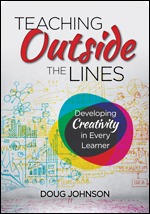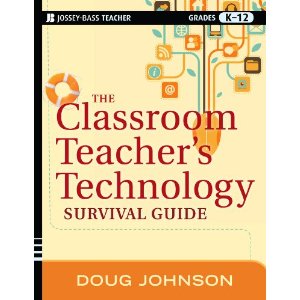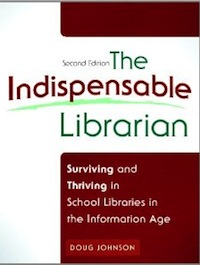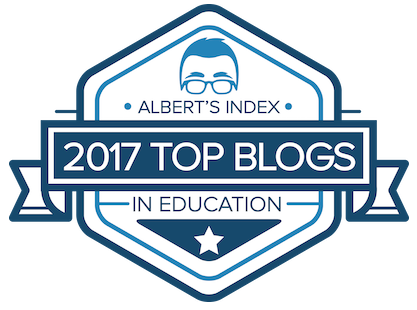Leaders of our state library/technology organization, MEMO, met last week to strategize a little. One of the tasks put to us was to create some guides for members for building advocacy.
One source of school library and tech support I see rarely suggested is plain old community support. In our area, fewer than 25% of households have children in the public schools. So how does the rest of the population learn enough about our programs and what they so for young people to speak on our behalf?
So here are some of our intitial thoughts - preserved on the BS mainly so I can find them again!
Building influence in the greater community
MEMO working group, July 28, 2009 - Gina L, Leslie Y, and Doug J using Etherpad.
A positive view of school libraries and technology by the non-school community can influence decisions made by school leaders. A community that values its libraries and educational technology will advocate on behalf of those programs, both formally and informally.
School librarians and technology specialists can help the greater community learn more about their programs in a number of powerful ways...
1. Presentations to community groups.
One means of building support for school libraries is to give short talks to community groups. These groups may include:
- Kiwanis
- Rotary
- Sertoma
- Lions
- Chamber of Commerce
- Neighborhood Business Groups
- Public library boards/Friends groups
- Boards of other professional organizations
- Community foundations
Many groups meet regularly and include a short (20-30 minute) program of interest to their members. A call to one of the organization's current officers will let you know how to get on the program. Most groups are very interested in information about education and your proposal will be welcome.
Your presentation might include:
- a short overview of skills needed by future workers/citizens, including summaries ISTE Standards, AASL standards, and/or Partnership for 21st century skills
- a multimedia presentation with photos and/or videos of your library and students engaged in learning activities
- a review of the library/technology curriculum
- ancedotes about individual students and their successes in the library
- your work with staff members and interesting collaborative projects
- computer programs and books that are currently popular with students
- online resources students find useful
Think of your presentation as the chance to expand your "elevator speech" from 20 seconds to 20 minutes!
2. Hold open school library nights and work with Community Education to offer adult education classes in your library.
Demonstrate databases and other library/technology resources, have study time or babysitters for students while parents view attend these classes. Make it known that community groups are welcome to use your library for meetings and activities.
3. Invite the press into your library for special activities, lessons and events.
If your district has public relations director, work with him/her to find ways to let others know about your program.
With any community communication effort stay positive, stress the importance of the library to students, and be brief.
The Royal Order of the Water Buffalo is not dead! ->
 Wednesday, August 5, 2009 at 09:17PM
Wednesday, August 5, 2009 at 09:17PM 
 Humor
Humor 









